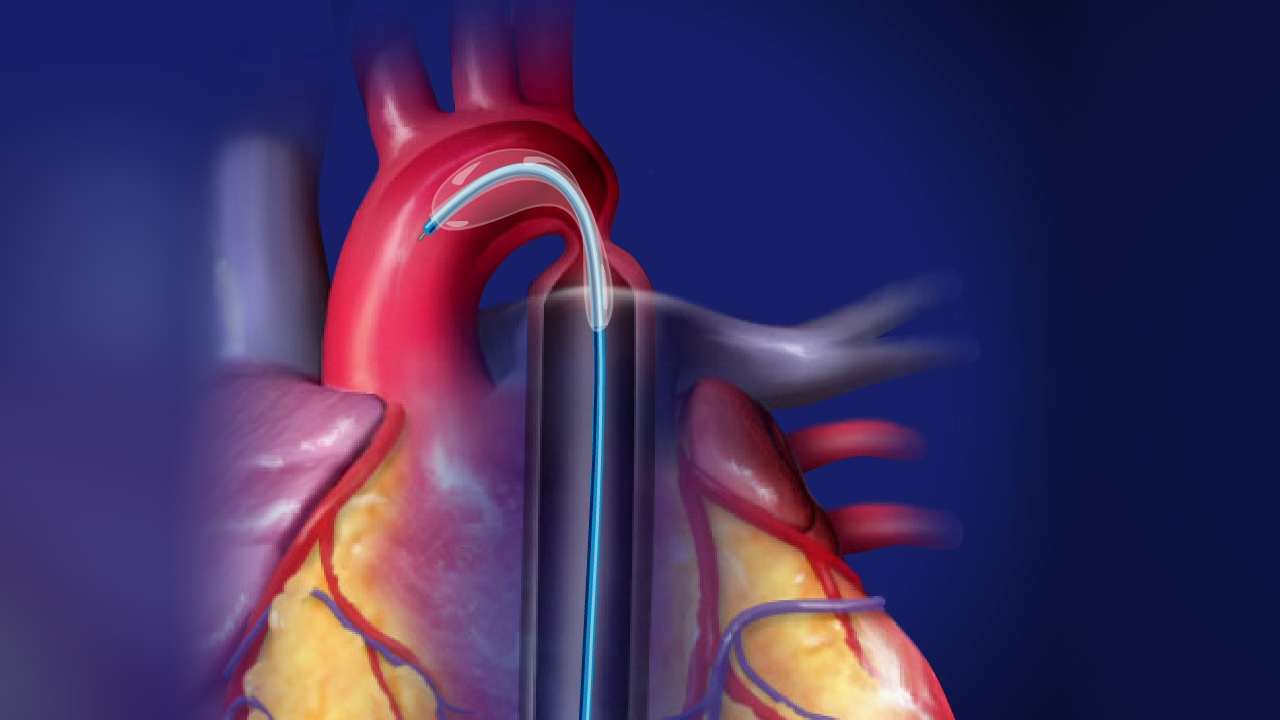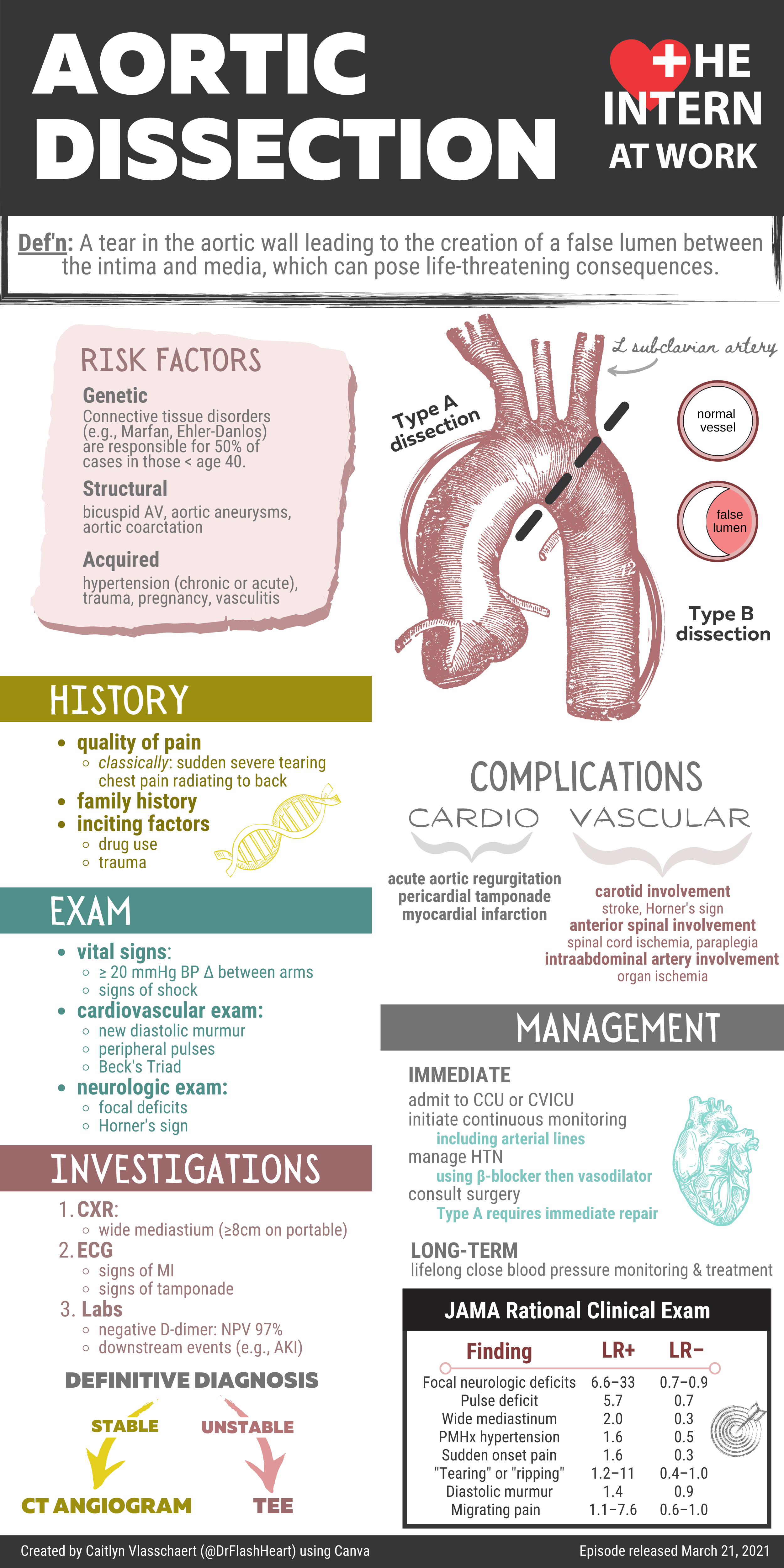
What is aortic coarctation?
Aortic coarctation is a heart condition that mainly affects newborn babies. It is a narrowing of a section of the aorta, which is the large blood vessel that delivers blood from the left side of the heart to the body.
What are the symptoms of aortic coarctation?
The restriction in the aorta causes:
- the heart to pump extra hard to move the blood through the narrowed section
- blood flow to increase in the head, arms and upper part of the body
- blood flow to decrease in the legs and lower part of the body.
These effects can lead to your baby having high blood pressure and heart failure. Babies with coarctation of the aorta may also:
- be pale, bluish or mottled
- be tired and irritable
- sweat heavily
- breathe very rapidly
- feed poorly
- gain wait slowly
Children with a mild narrowing of the aorta might have few symptoms, and might simply be found to have high blood pressure as young adults. Other symptoms and signs include:
- heart murmur
- headaches
- chest pain
- muscle weakness or pain in the legs
- nose bleeds
- dizziness or fainting
- rapid breathing
- cold feet or legs
- leg cramps
What causes aortic coarctation?
Doctors don’t know what causes the aorta to grow in this unusual way. Babies have a higher risk of aortic coarctation if they:
- have a family history of heart defects
- have other heart conditions
- have the genetic disorder Turner syndrome, which affects only girls and women
Very occasionally, a serious injury or hardening of the arteries can cause aortic coarctation to develop later in life.
When should I see my doctor?
Severe symptoms of aortic coarctation will make your baby quite unwell, and in this case you should see your doctor as soon as possible.
Older children or adults should see their doctor if they experience unexplained high blood pressure or the symptoms described above. There may be a less serious cause, but it is best to see your doctor to make sure.
How is aortic coarctation diagnosed?
The simplest way for a doctor to detect aortic coarctation is to look for a difference in pulse and blood pressure between the arms and the legs. If there is a difference, the diagnosis needs to be confirmed by tests such as:
- an electrocardiogram (ECG), which measures the heart’s electrical activity
- an echocardiogram, which uses ultrasound waves to produce an image of the heart beating
- a magnetic resonance imaging (MRI) scan, which shows up the details of the aorta and other blood vessels
- a chest x-ray
Aortic coarctation is usually detected within a few weeks of birth, and most children with the condition are diagnosed before they turn one year old.
How is aortic coarctation treated?
The treatment for aortic coarctation involves an operation. There are different approaches, including:
- surgery to replace or reshape the narrowed section of the aorta
- balloon angioplasty, where the narrowed section is expanded by inserting a balloon into the aorta
- insertion of a stent, which is a small wire mesh tube that holds the aorta open
Some babies need this done urgently, while others can wait longer. Some children will also have other heart defects repaired at the same time.
Although often life-saving, these treatments can have unwanted side effects. For example, the wall of the aorta can get damaged, or it might become weakened and could bulge, forming an aneurysm.
After successful surgery to repair coarctation of the aorta — and if there are no other heart abnormalities — the child should be able to lead an active life.
Early detection of aortic coarctation
If you know your baby is at high risk (for example, if there is a family history of heart defects or Turner syndrome), tell your doctor or midwife. Early detection can help.
If you have a repaired aortic coarctation, it is important that you see your heart specialist regularly throughout life to monitor your condition. You need to remember:
- It is common for people with repaired aortic coarctation to have higher than usual blood pressure, even as children or young adults. If this is not managed properly, it may lead to further heart problems or a stroke.
- The aorta can narrow again, and you might need more surgery to widen it.
- You might need to take extra precautions, such as antibiotics before invasive dental treatment, to prevent endocarditis (an infection of the lining of the heart).
- If you are thinking about getting pregnant, you should see your doctor to make sure your repaired aorta is in good condition and your blood pressure is well controlled.




